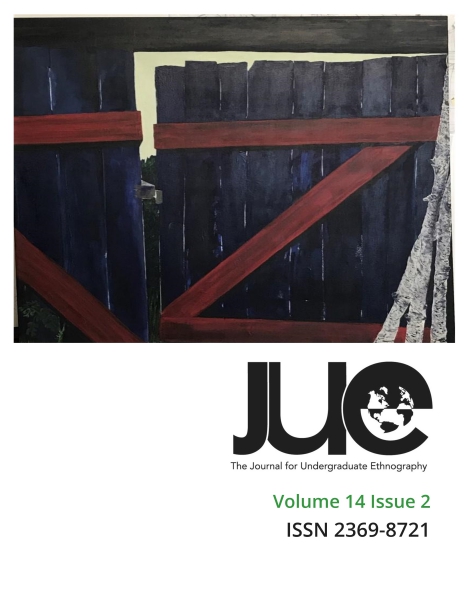The State of Creativity during the Covid-19 Pandemic
DOI:
https://doi.org/10.15273/jue.v14i2.12251Abstract
The 2020 COVID-19 pandemic caused a huge displacement for people globally. This displacement resulted in a shift in notions of personal reality and affective relationships. Creativity is a sensitive process that is impacted by one’s physical, social, and cultural reality. In this paper, I understand creativity to encompass the process, experience, and feelings associated with the creation of new products and ideas, that are both novel and appropriate to a given situation or time-period (Amabile et al. 2005). This ethnography explores the impact of the pandemic on the creative processes of six Toronto-based artists. I explore the effects of decreased collaboration, decreased social interaction, and greater isolation, on the motivation for art creation, the content of art created and the overall affectual states of the artists. I consider how these changes were linked to the different layers of Hennessey and Amabile (2010)’s structural model of creativity and I posit why artists had different creative outcomes. Preference for alone time when creating art versus creating through collaboration impacted people’s motivation for creativity during COVID-19 and the subsequent amount of art created. Preference for alone time was also linked to the affective results of different artists during the COVID-19 pandemic—those who previously collaborated during their artistic process suffered more than those who mostly created in solitude. The mediums different artists engaged with also impacted motivation and their ability to continue creating.


